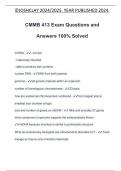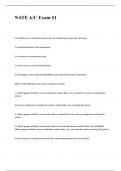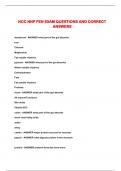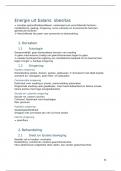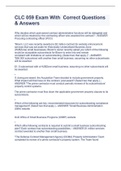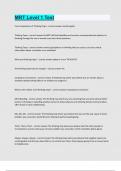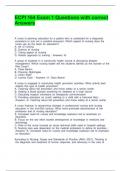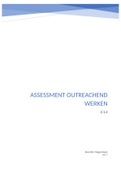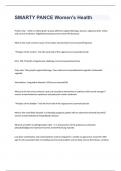Tentamen (uitwerkingen)
CEN Exam 4 Study Questions and Answers Graded A 2024
- Vak
- Instelling
1. A pt presents who had experienced chest pain but is now pain free. EKG's have been repeated twice, and troponin levels repeated at 4 hour intervals are within normal limits. The pt has no significant risk factor for heart disease. The nurse anticipates: A. Admission to the ICU to rule out MI ...
[Meer zien]




